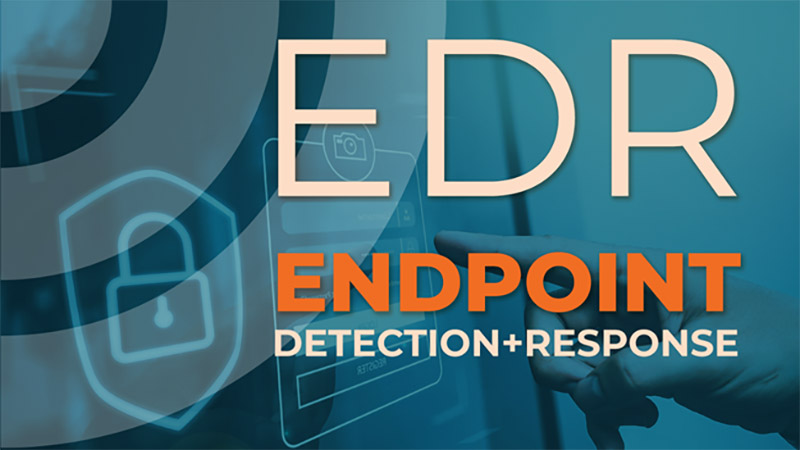EDR tools are used to monitor endpoint activity, identify malicious or suspicious activity, and contain or remediate security incidents. EDR tools can also be used to prevent endpoint compromise by blocking malicious activity and by providing visibility into potential risks.
There are many benefits to using EDR tools, including the ability to:
- Detect and respond to security threats in real-time
- Minimize the impact of security incidents
- Improve security posture through increased visibility.
- Reduce the cost of managing endpoint security.
- Leverage AI to analyze malicious behavior across the communication mesh.
- Manage the security policy for all your endpoints from a single point.
The endpoint is the last line of defense in an organization’s security posture. It is also the most vulnerable point of entry for attackers. To protect against today’s sophisticated threats, organizations need to implement an endpoint detection and response (EDR) solution.
An EDR solution is a type of cyber security tool that is designed to detect, investigate, and respond to security incidents at the endpoint. It uses a combination of machine learning and artificial intelligence to proactively detect threats, and it provides a central view of security events across the organization.
The EDR solution should be able to detect and block known and unknown threats, including zero-day attacks and malware. It should also be able to provide comprehensive visibility into endpoint activity so that you can quickly identify and respond to incidents.To protect your organization from today’s threats, you need an EDR solution that is automated, proactive, and able to protect against known and unknown threats using behavioral analysis.
Isn’t it the same as an Antivirus solution?
Not quite. An antivirus can protect your endpoints from threats that are known to your technology provider’s signature database. This means that someone else has to have suffered the damage caused by such virus or malware, then the malware has to be reverse-engineered by security professionals, identify it with a signature, and then upload the signature to the security database. While the process takes very little time with most known antivirus providers like Norton or NOD, there still is the risk of being hit by an unknown threat, one that has not yet been uploaded to any signatures database. Let alone the fact that cybercriminals are a lot faster and smarter now, and their attacks are not only limited to viruses, malware or file-based attacks.
In conclusion, an endpoint detection and response system is a critical part of any endpoint protection strategy. By providing visibility into endpoint activity, EDR can help identify and respond to threats before they cause any damage. If you’re interested in implementing EDR in your organization, get in touch for a free assessment of your environment.
